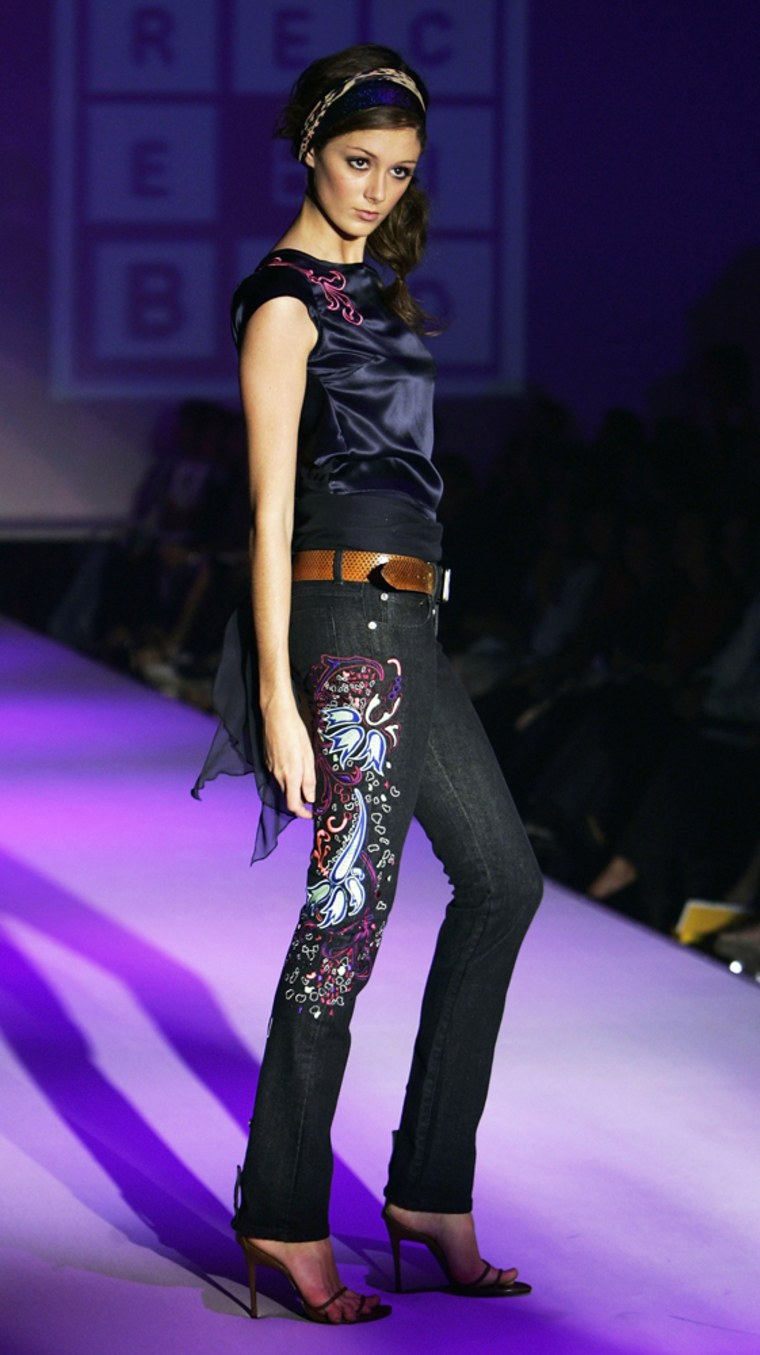In pop culture, the one constant is change. And according to new research, what’s hot in baby names, dog breeds, clothing “must haves” and chart-topping music is the result of random copycats.
Whether skinny-leg or boot-cut jeans become all the rage, therefore, is up to chance. If you don’t like the outcome, no worries, since it will be out of fashion lickety-split.
The research, which will be published in a forthcoming issue of the journal Evolution and Human Behavior, reveals that fashions come and go at a surprisingly regular and predictable rate, which is fueled by very few innovators amidst millions of people copying each other.
The research supports recent thinking that challenges some classic economic theories about decision-making among members of a consumer culture.
“It doesn’t necessarily have to involve any rational decisions to get all the way up to the top,” said lead author Alex Bentley of Durham University in England.
Copycats
Bentley and his colleagues analyzed the Billboard Top 200 chart of the most popular songs from the 1950s through the 1980s. The turnover rate was relatively steady, averaging nearly 6 percent each month over the entire 30 years.
Analysis of most-popular lists for baby names and dog breeds revealed a similar consistency in turnover within each “market.”
To come up with a template of the trend-setting machine, the scientists developed computer simulations based on a system of random copying in which hundreds or thousands of individuals copy each other with 2 percent or fewer being innovators. The model predicted regular and consistent turnover rates that matched the real-world data.
Bentley found that how quickly something comes into fashion and then fades out depends on the size of the list, with a top-100 list changing much faster than a top-40 list. However, the population number had no effect on turnover rate. The scientists suggest a larger population does mean more new ideas but it also means more competition for a top spot and they balance each other out.
Trendsetters
Perhaps not surprisingly, the study also found that the more trendsetting innovators there are in a society, the faster one trend will replace another within a particular sector. “Innovators are the cool ones who ‘pump’ new fashions into our world,” Bentley said.
The results suggests that the practice, common among captains of the fashion industry, of trying to handpick the next consumer “gems” amongst millions of proposals is a hopeless undertaking.
Even with the unpredictable outcome, the advantage of the change-dominated world of fashion is that “change” is the commodity and if you want to sell, it’s the required ingredient.
“Madonna is a great example of someone who just radically changes her visual image every year,” Bentley told LiveScience, “and she’s had such an incredible lifespan on the charts because change itself is what we’re saying is the actual commodity that pop culture is about.”
Random copying results in irrational decisions, the researchers say, which is perfectly fine for clothing and other music, but it would be detrimental if applied to other arenas in life.
“Listening to popular opinion constantly can be an unproductive strategy for a lot of things. It leads to constant turnover with no rational basis for what you’re settling on,” Bentley said. “You don’t want scientists and politicians paying attention to fashion; you want them thinking independently.”
